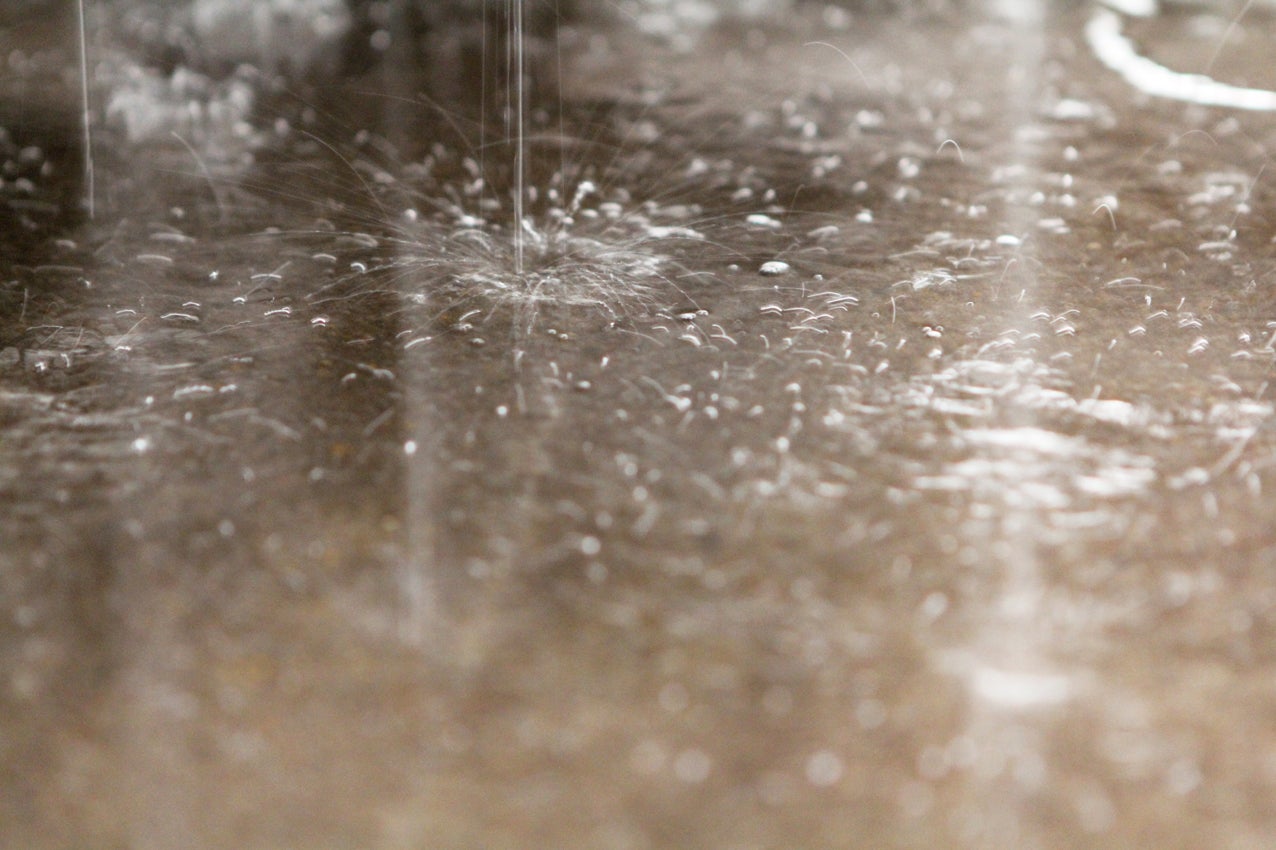
The average consumer now buys 60% more clothing than they did 15 years ago, and over 92 million tonnes of what is purchased gets thrown away – usually into a landfill. Another problem is the fabric from which our clothing is made. Around 70 percent of the clothing market is made from synthetic fabrics such as polyester, nylon and acrylic, all made from non-renewable sources such as oil and natural gas.
These synthetics can’t biodegrade, meaning they sit in landfills for hundreds of years. Because so many different materials can go into making a single garment, they are hard to separate so they can be recycled properly. Sorting different fibres and materials by hand is extremely labour intensive, slow, and requires a skilled workforce that doesn’t seem to exist in many countries.
What is the solution to reducing textile waste? Consumers can buy less, repair, donate, rent, and organize clothing swaps with friends. Some clothing brands are taking the issue further by creating garments that can be composted after they can no longer be used. Based in Australia, the Very Good Bra has created bras and undergarments made from 100% botanically sourced materials that can be composted, worm-farmed or buried in the soil at the end of their life.
The company uses no spandex, polyester or nylon – even in sewing, thread, elastic and labelling. This means that their products are 100% plastic-free. Their elastics are made from natural tree rubber knitted into organic cotton. Their hooks for bras are made from 100% organic cotton and Tencel sewing thread. Everything has been designed to be put in the soil as is.
The company has worked with sustainability experts, academics and industry to create a proposal for Standards Australia to create standards for compostable textiles. This standard would allow garments to be disposed of in commercial composters and would guarantee that the clothes would compost safely. The proposal was approved by Standards Australia and will enter a development phase to determine the criteria clothing will have to meet so that the compost would not be affected by dyes or flame-retardant coatings. For this to work, more brands must actively participate and consider using more than just natural fibres to ensure their clothing is truly compostable, such as nuts or bio elastics buttons to replace zippers.
If more clothing brands think about making their clothing compostable, we can enter a circular economy and reduce our landfill waste and impact on the planet.
Source Happy Eco News



